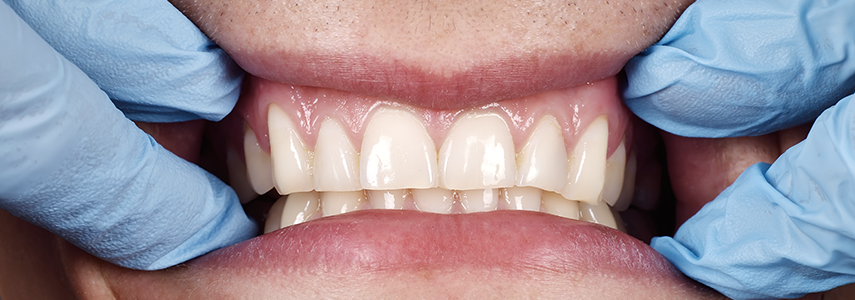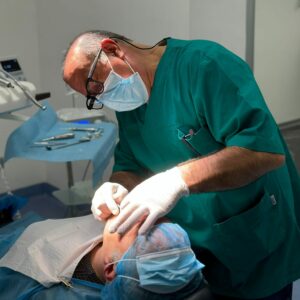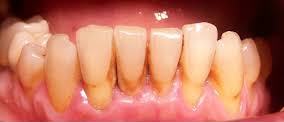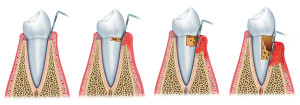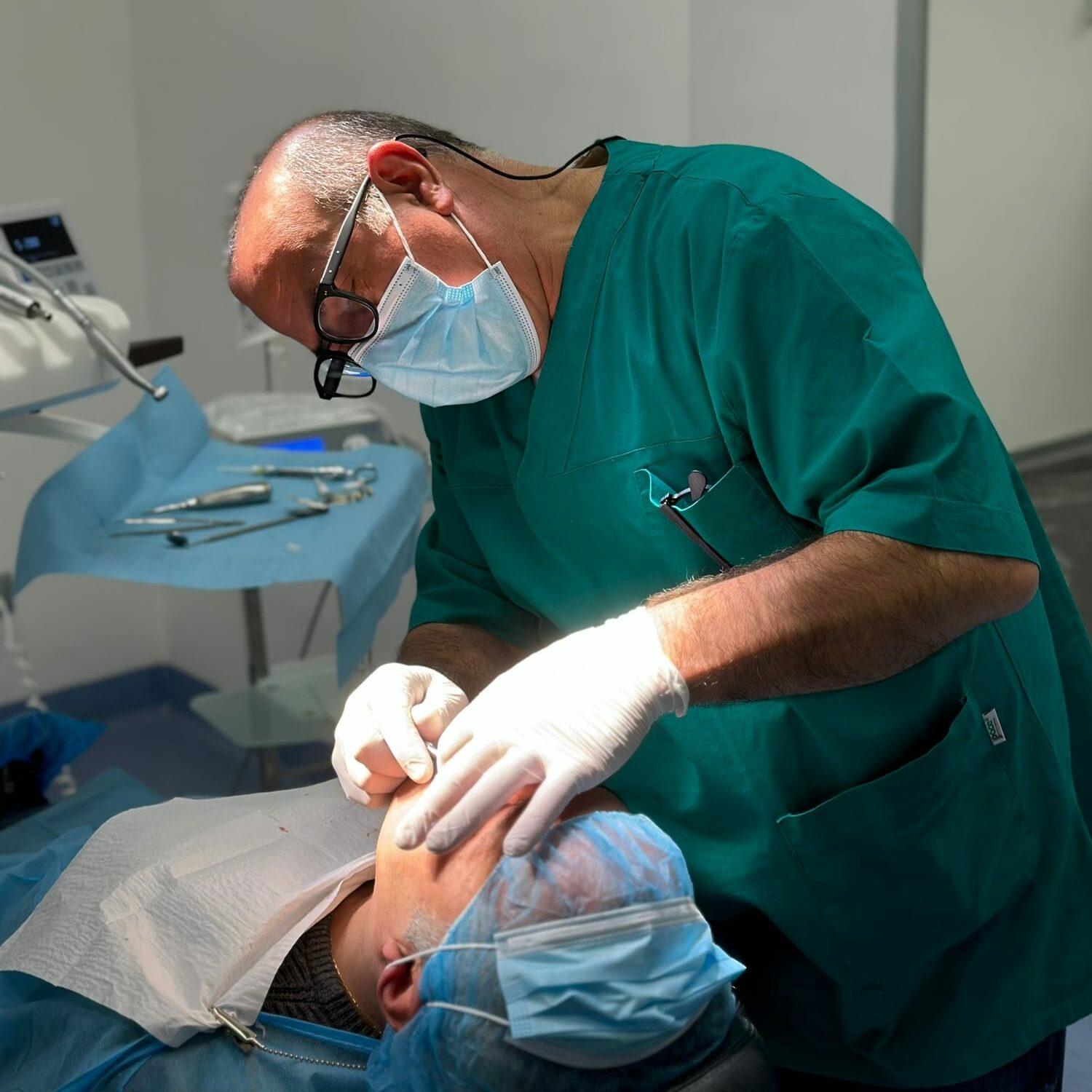Gingivectomy means the removal of a part of the gum tissue through a dental procedure. The dentist proceeds with a gingivectomy for two main reasons:
- correct a smile blemish;
- eliminate the part of the gum tissue that hinders other dental therapies or can damage the health of the oral cavity.
Cases in which we intervene with gingivectomy
From an aesthetic point of view, there are patients who present the so-called gum smile. A gum smile is defined as a smile in which the visible part of the gum tissue is in proportion greater than that of the exposed teeth. In these cases, the removal of the gum tissue helps to rebalance the proportions of the smile, revealing more of the surface of the teeth.
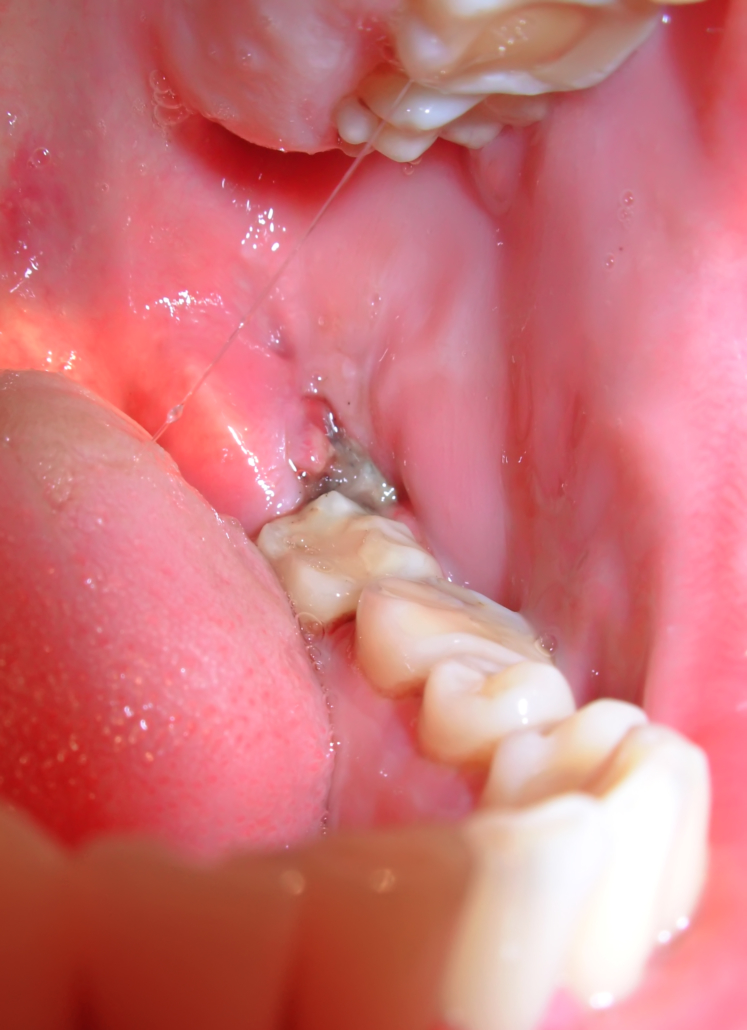
Gingivectomy is therefore performed as a cosmetic dentistry treatment, but in other clinical cases, the removal of the gingival tissue is preparatory to other therapies or necessary to treat a pathology. Here are some conditions for which gum tissue needs to be removed:
- the abundant gingival tissue prevents the insertion of a dental prosthesis;
- presence of an abscess on which it is impossible to carry out a courettage;
- the gum tissue covers a decayed tooth and prevents its devitalization;
- gum tissue hypertrophy due to other causes, such as medication.
How is gum tissue removal performed?
Gingivectomy is not a painful operation and can be performed in a single session if it concerns a fairly limited area.
The surgery is performed under local anesthesia. The tissue is removed with an electrosurgical or laser.
After the gum tissue is removed, a surgical compress is applied.
The surgical compress is made of a soft material, similar to chewing gum, which is applied to the area where the gingivectomy was performed. Its presence in the oral cavity is imperceptible, it serves to keep the surface on which the surgery was performed isolated from any bacteria and is usually removed within a week.
What to do after a gingivectomy
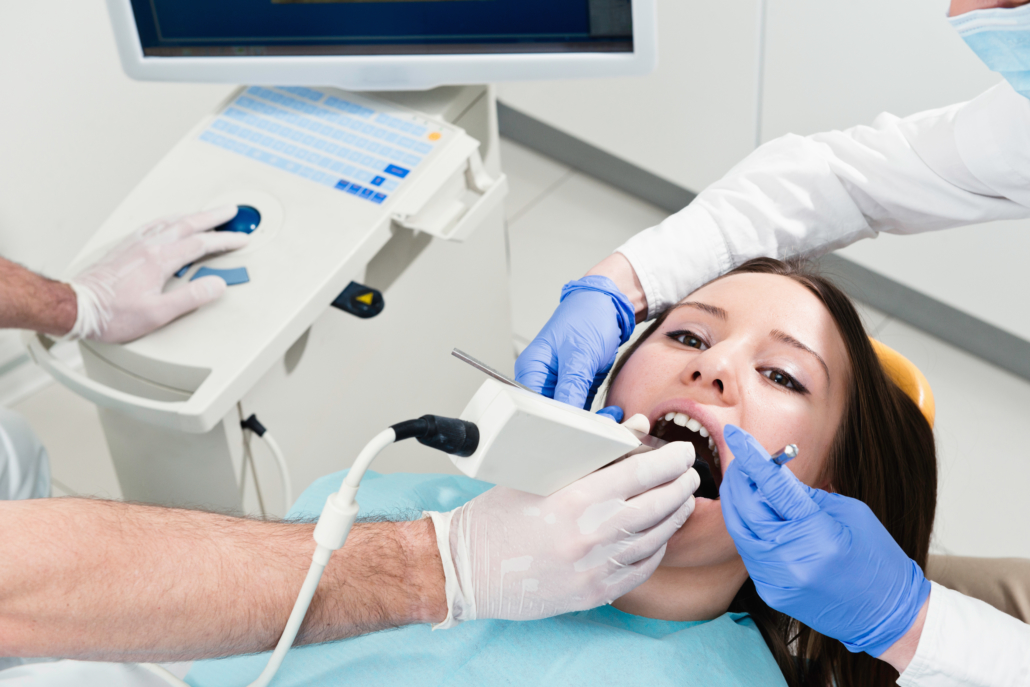
As with many dental treatments, the directions to follow after gum tissue removal are very simple:
- avoid too hot food and drinks;
- not smoking;
- do not drink alcohol;
- do not brush the treated area;
- regularly rinsing with mouthwash.
Although this is a routine procedure, the removal of gum tissue by gingivectomy is not completely without complications. It is very important to follow the dentist’s recommendations after the surgery. If the operated site were to come into contact with bacteria, an infection could arise with important consequences for health.




